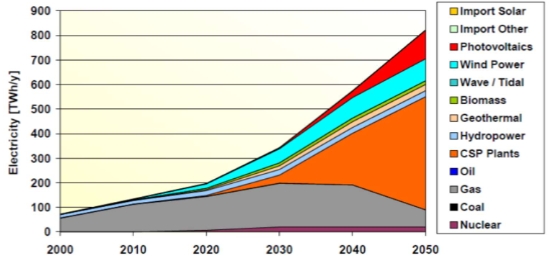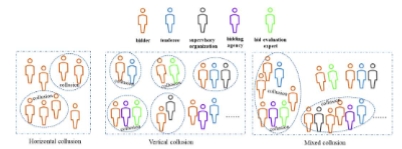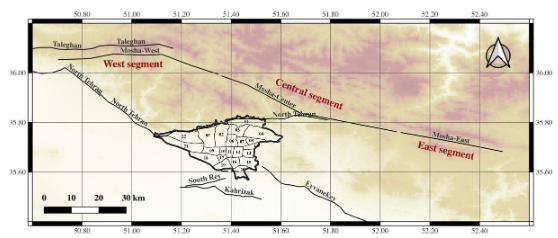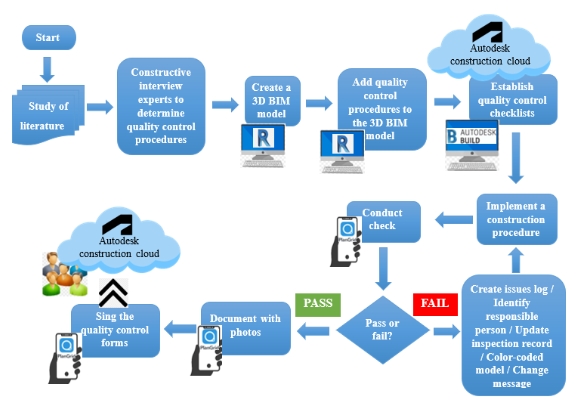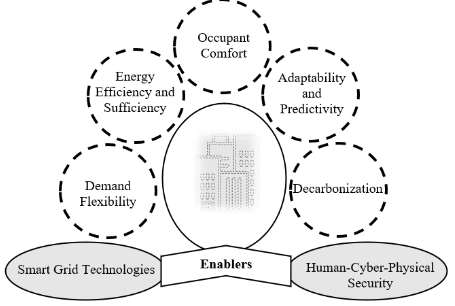Effects of structural irregularities on the seismic response of a steel structure
Abstract
Steel structures are commonly used for buildings, bridges, and other infrastructure, due to their high strength-to-weight ratio and versatility. However, the dynamic response of steel structures can be affected by irregularities such as variation in mass, elevation, stiffness, and plan geometry. Therefore, analysis of structural irregularities is important and allows the structural designer to maximize the efficiency of structures in resisting seismic and other dynamic actions. This paper presents a review of the existing methods of analysis of the effects of structural irregularities on the dynamic response of low to medium-high-rise steel buildings. Methods that are used with Eurocode 8 (BS EN 1998:2004) design procedure are discussed. Also, reviewed are the provisions of Eurocode 8, regarding structural irregularity in design, including discussion of the effects of irregularity in mass, elevation, stiffness, and plan. To quantify and compare the effects of different irregularities, SCIA finite element program is used to analyze dynamic response of hypothetical structures with and without irregularities. The computed results of salient deformations and stresses in the structures are compared and discussed, including reference to other researchers’ findings. Finally, the implications of various structural irregularities on analysis and design of steel structures are also discussed. The novelty of this research is that it analyses the dynamic response of a predefined structural model, for four types of structural irregularity simultaneously, based on the same control parameters and computational method. Also, even though the use of a building may change at some time, current literature on seismic vulnerability does not adequately address the impact of unexpected changes in mass distribution, but this research does. The findings may help engineers in optimizing design of irregular structures to enhance seismic performance, mitigate risks of seismic damage and promote consistency in design and construction of earthquake resistant structures.
References
[1]BS EN 1998:2004. Eurocode 8: Design of structures for earthquake resistance Part 1: General rules, seismic actions, and rules for buildings. European Commission; 2004.
[2]Burgan HI. Numerical Modeling of Structural Irregularities on Unsymmetrical Buildings. Technical Gazette. 2021; 28(3): 856–861. doi: 10.17559/TV-20200328103359
[3]Mashhadi S, Asadi A, Homaei F, et al. Seismic response of mid-rise steel MRFs: the role of geometrical irregularity, frequency components of near-fault records, and soil-structure interaction. Bulletin of Earthquake Engineering. 2021; 19(9): 3571–3595. doi: 10.1007/s10518-021-01103-2
[4]SCIA Engineer. SCIA Engineer Structural analysis software. Available online: https://www.scia.net/en/support/tutorials-manuals (accessed on 15 May 2023).
[5]Valmundsson E, Nau J. Seismic response of building frames with vertical structural irregularities. ASCE Journal of Structural Engineering. 1997; 123(1): 30–41. doi: 10.1061/(ASCE)0733-9445
[6]Al-Ali A, Krawinkler H. Effects of vertical irregularities on seismic behavior of building structures. Available online: http://purl.stanford.edu/qh189ph3062 (accessed on 1 August 2024).
[7]Ansari MK, Vidhyadhar HS. Seismic analysis of multi storied reinforced concrete building having vertical mass irregularity with and without shear wall. International Research Journal of Engineering and Technology. 2016; 3(6): 1867–1875.
[8]ETABS: Computers and Structures, Inc. ETABS: Extended 3D Analysis of building System. Available online: https://www.csiamerica.com/products/etabs (accessed on 20 March 2023).
[9]STAAD Pro V8i 3D Structural analysis and design software. Bentley Systems. Available online: https://www.bentley.com/software/staad/ (accessed on 10 February 2023).
[10]Mahesh S, Rao PD. Comparison of analysis and design of regular and irregular configuration of multi-story building in various seismic zones and various types of soils using ETABS and STAAD. International Organization of Scientific Research (IOSR) Journal of Mechanical and Civil Engineering. 2014; 11(6): 45–52. doi: 10.9790/1684-11614552
[11]Mohammadzadeh B, Kang J. Seismic analysis of high-rise steel frame building considering irregularities in plan and elevation. Steel and Composite Structures. 2021; 39(1): 65–80.
[12]ABAQUS General-Purpose Finite Element Analysis Software. Available online: https://www.3ds.com/products/simulia/abaqus (accessed on 10 February 2023).
[13]Varadharajan S, Sehgal VK, Babita S. Seismic response of multistory reinforced concrete frame with vertical mass and stiffness irregularities. The Structural Design of Tall and Special Buildings. 2014; 23(5): 362–389. doi: 10.1002/tal.1045
[14]Tremblay R, Merzouq S, Izvernari C, et al. Application of the equivalent static force procedure for the seismic design of multistorey buildings with vertical mass irregularity. Canadian Journal of Civil Engineering. 2005; 32(3): 561–568. doi: 10.1139/l05-007
[15]National Building Code of Canada. Available online: https://nrc.canada.ca/en/certifications-evaluations-standards/codes-canada/codes-canada-publications/national-building-code-canada-2015 (accessed on 2 May 2023).
[16]Le-Trung K, Lee K, Lee J, et al. Evaluation of seismic behaviour of steel special moment frame buildings with vertical irregularities. The structural design of tall and special buildings. 2012; 21(3): 215–232. doi: 10.1002/tal.588
[17]Shojaei F, Behnam B. Seismic vulnerability assessment of low-rise irregular reinforced concrete structures using cumulative damage index. Advances in concrete construction. 2017; 5(4): 407–422. doi: 10.12989/ACC.2017.5.4.407
[18]Mohamed M, Elmokhtar H. Seismic vulnerability for irregular reinforced concrete buildings with consideration of site effects. Materials Today: Proceedings. 2022; 58: 1039-1043. doi: 10.1016/j.matpr.2022.01.038
[19]Sekhar CD, Pranab KD, Piyali S. Seismic Behaviour of Irregular Structures. Structural Engineering International. 2017; 27(4): 526-545. doi: 10.2749/222137917X14881938989765
[20]Chhetri S. Structural irregularities effects on the dynamic response of steel structures [Master’s thesis]. Kingston University; 2023.
[21]British Geological Survey. BGS maps portal. Available online: https://www.bgs.ac.uk/information-hub/bgs-maps-portal/ (accessed on 30 April 2023).
[22]UNDRR. Early warnings for all (EW4All). Available online: https://www.undrr.org/early-warnings-for-all (accessed on 2 April 2024).
Copyright (c) 2025 Author(s)

This work is licensed under a Creative Commons Attribution 4.0 International License.





